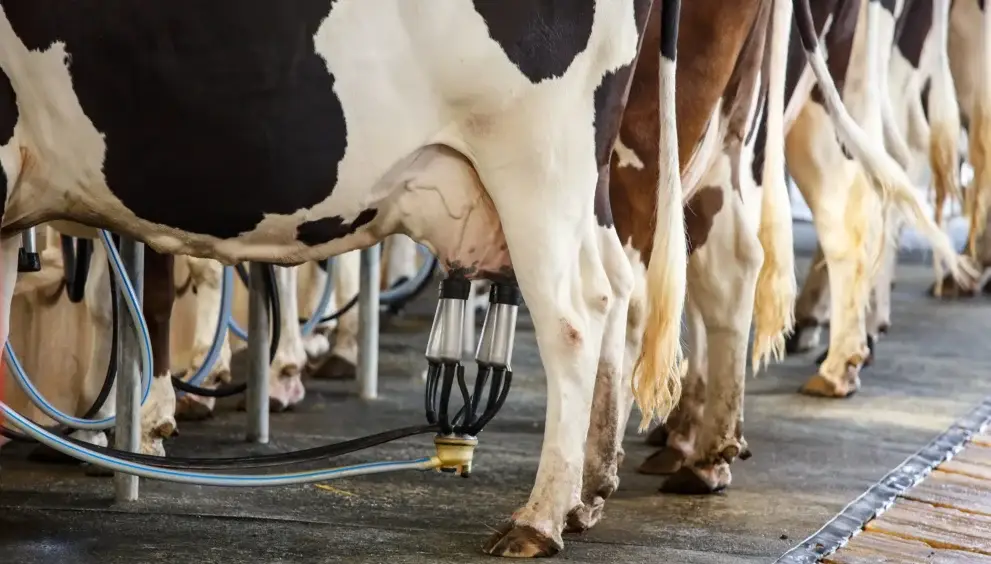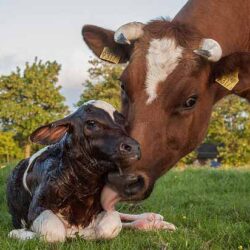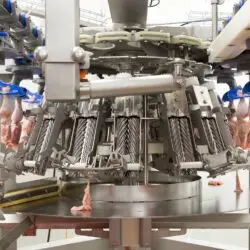Tanzania is introducing high-yielding dairy cattle breeds and enhancing feed practices to boost milk production, while also reducing greenhouse gas (GHG) emissions and tackling poverty, according to a new study released this week.
Conducted by scientists from Lancaster University in the United Kingdom, the research highlights the potential of these changes to significantly improve Tanzania’s dairy sector, which, despite having the second-largest dairy herd in East Africa with 28 million cows, remains underdeveloped. The sector is largely made up of small-scale farms that rely on low-yielding breeds and poor-quality feed, resulting in low productivity and a trade deficit in dairy products, which costs the country approximately US$23 million annually.
The study is the first to provide evidence that adopting higher-yielding dairy cattle can help Tanzania reduce its reliance on imported dairy products while supporting the country’s climate goals. The findings indicate that two key objectives of Tanzanian government policy—achieving milk self-sufficiency and cutting GHG emissions by one-third—can be achieved simultaneously, contributing to increased income for farming communities.
Researchers surveyed 1,200 dairy farmers across four districts and two agro-ecological zones, using the data as a basis for modeling the sector’s potential growth. The survey assessed milk production, cattle breed performance, and management practices. The study found that while Tanzania’s local cattle breeds are well-adapted to high temperatures, they produce relatively low milk yields. By crossbreeding local cattle with high-yielding European breeds, farmers can increase milk production by up to three times while maintaining the cows’ ability to cope with the heat.
Tanzania’s dairy sector faces challenges in cost-competitiveness, which contributes to the country’s annual import of US$23 million worth of dairy products. The government aims to replace these imports with domestic production, focusing on improving cattle breeds and feeding practices.
Dr. James Hawkins, an environmental economist at Lancaster University and the lead author of the study, emphasized the importance of understanding the relationship between cattle management, productivity, and carbon emissions. “What is very important is understanding the interactions between cattle management and productivity because the carbon footprint is strongly related to the productivity of dairy cows,” he said.




